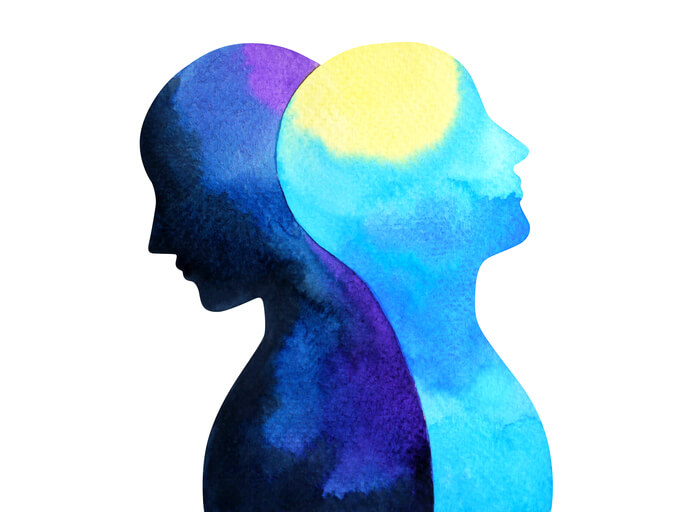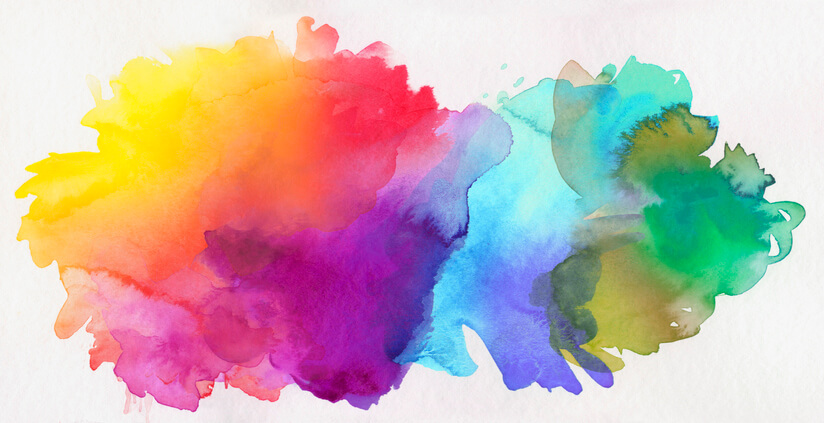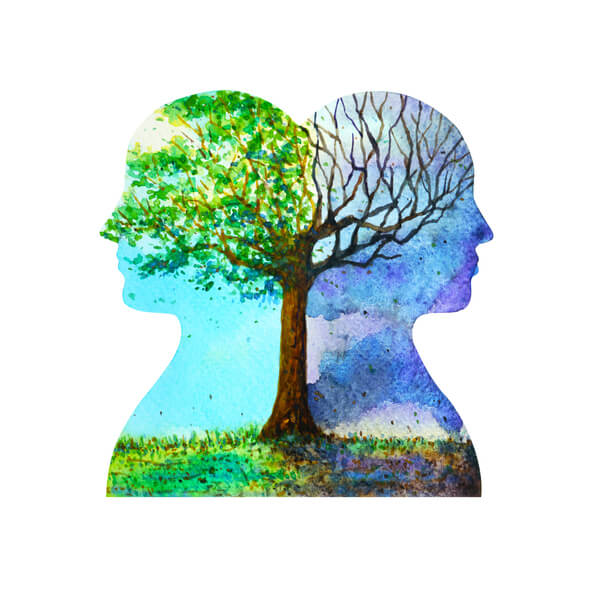The spectrum of human experience includes contrasting realities. It is contrast that gives you the ability to differentiate between each experience.
There is a lot of hype about focussing on the light in order to create more of it, especially among yogis. This is valid in certain circumstances, yet the reality is that lightness cannot exist without darkness.
The sun only rises because it has set the night before.
Equally, I believe you can only know true joy if you have also known sorrow.
“Someone I loved once gave me a box full of darkness. It took me years to understand that this too, was a gift.”
― Mary Oliver, in a collection of poems titled "Thirst."
In this article, I will present drafts about light and dark in the spectrum of a balanced human experience within the context of our entire Universe, differentiate between light and dark versus good and bad, explore and consider how to create balance among polarities, and I argue that the entire spectrum of light to dark contains inherent beauty.
Light and Dark versus Good and Bad
There are certain emotions and experiences that can be considered dark compared to lighter contrasting counterparts.
Just like light frequencies, it is said emotions carry a vibrational frequency as well. Higher frequency emotions – like love, forgiveness, and joy – are lighter and brighter, and lower frequency emotions – such as anger, sadness, and grief – are darker.
It is easy to confuse the “darker” emotions as "bad" because, over time, they can be detrimental to your overall health and well-being.
However, it is important to make the distinction between good and bad versus light and dark. They are neither – rather, they simply are.
Many people get caught in the trap of repressing their darker emotions because they perceive them as bad or fear that they may harm them. Shadow work is confronting those darker parts of ourselves that we don’t like. These parts could include fear, jealousy, being judgmental, shame, and anger to name just a few.

Darkness exists within all of us, and within the entire universe. It is a necessary part of the spectrum of existence.
By confronting and embracing the darker parts of ourselves, we give them an outlet to be seen. We can meet the darkness with lightness through love and compassion, beginning with ourselves and then rippling it out to others as well.
Allowing the darker feelings to be fully felt is not good or bad, it is necessary and effective to become more attuned to the totality of existence. (Learn more in Managing Your Emotions: The How and the Why.)
And the ironic truth is that if you push away the darker parts of yourself and others without honoring them, they often manifest from your unconscious anyways – in forms of addiction, aggression, self-sabotage, depression, social problems, and in other, often unintentional, ways.
Everything Exists on a Spectrum Between Polarities
Since existence is on a spectrum, we can learn to pay more attention to the in between states. While it is easier to notice the extreme polarities of human emotions, it is important to tune in closer and pay attention to everything that exists on that spectrum.
Right in the middle, between the polarities of joy and sorrow or excitement and anxiety, there is a harmonic peaceful stillness.
Between the polarity of night and day are the transitional states of dusk and dawn. These in-between states show us how lightness and darkness are not completely separate. Instead, they blend into each other just like the color spectrum blends each color into one another without definitive borders between them.

Some examples that we experience are the polarities of masculine/feminine energy, hot/cold, and yin/yang. All of these also include in-between states, and in the very center of the spectrum there is a balance between the two. (Learn more in Balancing Yin and Yang.)
It seems that the universe is both repelling our experiences towards these polarities, and simultaneously looking to find harmony and balance between polarities.
I also like to apply this to mental health. Some people are diagnosed with mental disorders and all this means is they have a certain collection of symptoms at the time of diagnosis.
In reality, mental health is transient and changes.
While some diagnoses are more persisting, some others may fluctuate. Mental health also exists within a spectrum between the polarities of mentally healthy and mentally ill. Most people, and I would even argue, all people, exist somewhere on the spectrum.
Finding Balance
To find balance, we meet darkness with light. This does not mean denying, ignoring, judging, or avoiding darkness. This means facing it head on with light energy like love and acceptance.
We need to honor the dark and light within us, and the entire Universe as a whole, in order to create harmony and balance.
We find balance through living our lives in ways like practising moderation in our habits, actions, words, and activities. For example, making sure we are balancing the different foods we eat or exercise we practice. We do shadow work, but do not consume ourselves in it, finding time for lightness, play, and joy.
We may need to vent to a friend some judgmental thoughts or feelings, and we balance it with a loving perspective. We allow ourselves time to rest and then motivate ourselves to action so that we do not become stuck, stagnant, or lethargic.
We can express and appreciate both poles in order to gently find our way back to center – back to harmony and balance. (Learn more in Escaping the Maya: 5 Tools to Reconnect With Your Inner Self.)
Every Shade is Beautiful
I wrote this article to help myself and others remember that everything in our human experience is equanimous. It is easy for the human mind to perceive lighter energies as good, and darker energies as bad – yet this is simply not true.
Everything just is as it is.

Allowing dark and light to be expressed helps to bring the balance and harmony that we are seeking and to the entire Universe, as it is striving for harmony always. There is beauty in all of it, even in the grey and black expressions.
We can only perceive pleasure and joy through this contrast, so this is why we thank the darkness for its presence with love and gratitude.
During These Times of Stress and Uncertainty Your Doshas May Be Unbalanced.
To help you bring attention to your doshas and to identify what your predominant dosha is, we created the following quiz.
Try not to stress over every question, but simply answer based off your intuition. After all, you know yourself better than anyone else.